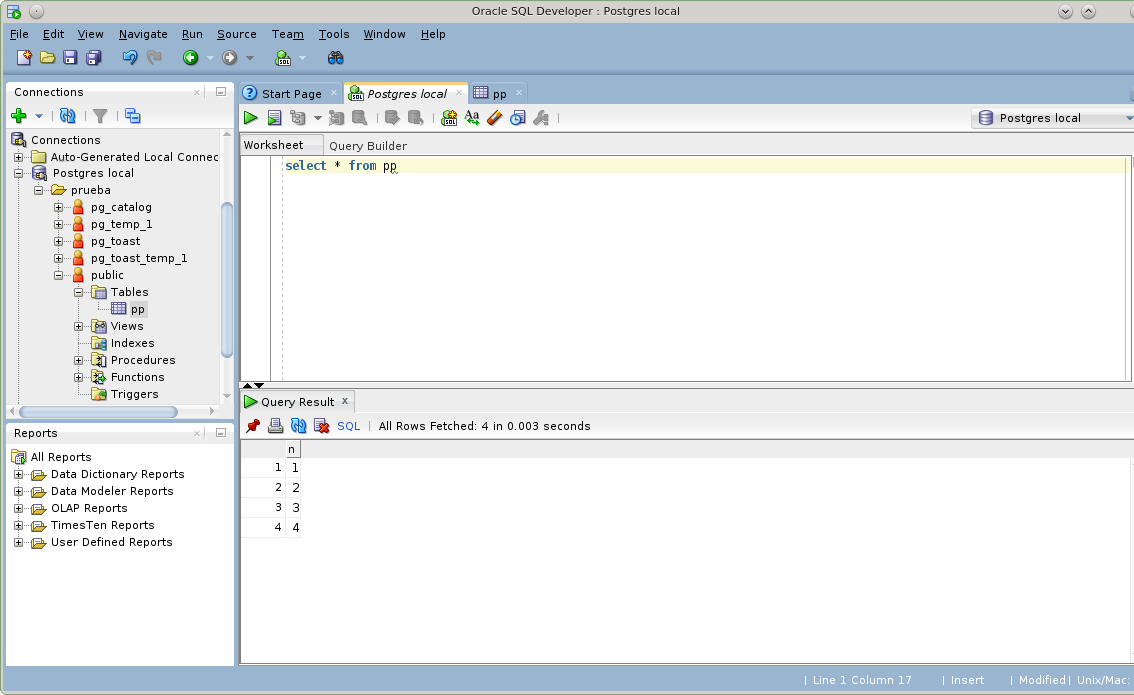
You have to go to the database, and THEN launch Database Actions, connect and start your work. This is surfaced in the Autonomous Database Services as ‘Database Actions.’ And it’s great. One of the bigger things our team has put together over the past few years is SQL Developer Web.

#Tab sql scratchpad password#
I can create a connection, stow my password in the OCI Vault, and then use that information to say launch SQLcl to my Autonomous Database, on-the-fly, without doing anything other than clicking a single button.Īnd don’t forget, Autonomous Databases classically require Client Credentials containing your two way TLS encryption keys, so that the database can trust us as a client.

A Quick Demo to give you an idea of what’s possible. This post will show an example of an ‘open’ database and connecting to it directly. This service makes creating bastions and managing private endpoints MUCH easier for application developers, or people using database tools to connect to those database. Most databases in OCI use private subnets (for good reason!), and that poses a challenge when connecting to them. Like, how can we connect to our database without making it ‘open’ to the entire Internet. Which is nice, if you’re on that machine, but it’s 2021, and we’re in the Cloud, and there should be an easier way to deal with our critical resources, like Oracle Databases!Ĭloud also introduces questions. So for SQL Developer, a Java application, Advanced panel lets you ‘inject’ JDBC connection properties.Īs a client application, these are stored on the machine with your program. So if we were to visualize this say your favorite desktop IDE for Oracle, that could look like this –

With that information, you can create a connection in your tools and programs.

It’s going to have the location of the database, it’s name, listener port, and a username/password. What is a connection, really? It’s everything you need to know to connect to a database. When you’re ready to use those databases, what’s the first thing you might want to do? I can think of a couple of big ones:
#Tab sql scratchpad install#
You can create many different types of Oracle databases on OCI – Autonomous, Exadata CS, VM based instances, or even do up your own install on a Compute node. The Database Tools Service isn’t a new way to create, run,or manage databases on OCI, it’s for WORKING WITH those databases. This service is all about making your databases easier to access, either directly using our tools or via your apps. Creating bastions to SSH into private endpoints is FREE. Storing secrets (credentials and passwords) in the Vault is free. A brand new Oracle Cloud (OCI) Service launched yesterday, and this post will describe briefly:įirst things first – everything here is free.


 0 kommentar(er)
0 kommentar(er)
